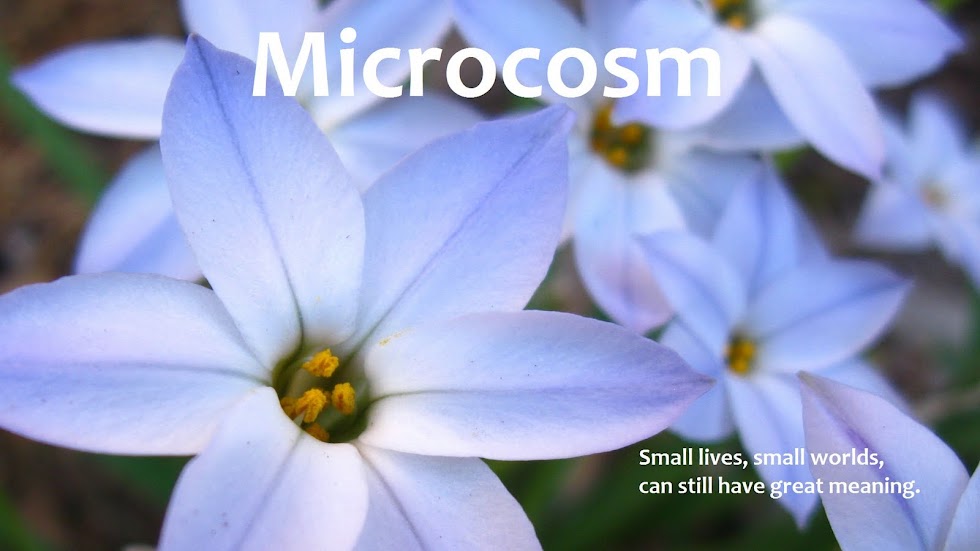The desert olives impress me most. They have an actual strategy, and a long-term one at that. The winds have been blowing here, you see—and blowing, and blowing: the hard, buffeting winds of spring. They are the real test of adaptation in these parts, and many exotics that fare well in drought and sun receive their last rites from the wind.
My oldest nephew gave me a book on wind a while back (Wind, it's called, by Jan DeBlieu), because he said it was such a leitmotif in my blog. It does have force of character here in New Mexico, a personality you either learn to live with or—well, you just have to learn to live with it. All across the world, of course, living things have learned in remarkable ways to cope with the wind. Trees change shape to reduce the drag of it in their crowns, to keep the force of it from breaking them apart or knocking them down. DeBlieu writes of different species rolling their leaves into tight cylinders or folding them in half, or even clumping together in masses: all ways to reduce the force of wind in those top-heavy crowns.
 |
| Desert olives (Forestiera neomexicana) |
Treating the wind as an asset, rather than something to be endured—other species have different tactics: conifers and cottonwoods, maples and elms. They all count on the wind to cast pollen, seed, and samara far and wide; the wind helps their kind survive. Whole ecosystems rely on the wind. DeBlieu writes of aeolian biomes in the extreme heights of the Himalayas, beyond the range of growing things. Insects live there by scavenging pollens and seeds or bits of insect wing that have blown in on the wind. I look at the ants hunting and gathering in the garden with renewed interest. What exotic treats do they enjoy—or even depend on—courtesy of the winds? Saguaro pollen from Tucson, perhaps, or microscopic mineral crystals from the great Salt Lake; a taste of the tropics from the Gulf of Mexico. In the utter bareness of the Himalayas, the wind is the sole provider. In the relative plenty of the high desert, it's harder to tell what needs might be met by the wind. Perhaps none. Perhaps many.
I've been thinking about aeolian biomes and windborne nutrients as the third anniversary of Microcosm has approached. I am more astonished every year at what the winds of cyberspace bring us, and how they cast our words far and wide, scattering bits of our personalities around where they may take root or be enjoyed by others. I'm especially astonished at the friendships and community those winds have blown into my life. They have brought me beauty and kindness; they have made it possible to adapt to illness and thrive. Now, though, as the winds of a New Mexico spring are fanning the fires of summer, I find that other aspects of my life are calling for attention. I think it is time to let Microcosm go.
I'm drafting this out on the patio, while the silky threadgrass ripples on the breeze. The wind has been growing for a while now. A gust almost knocks over the empty iced tea glass perched on the arm of the Adirondack chair. It's strong enough to chase me inside, and from there I watch the desert olives twisting and bending. A few leaflets blow onto the patio. It seems a good moment to close—and to thank you for the gifts you've given so generously: your readership and comments, your time and ideas, and most of all your friendship and caring. You all mean the world to me. May the winds of the world bring you many good things to savor.
And may you always discover the gifts they bring you.



































